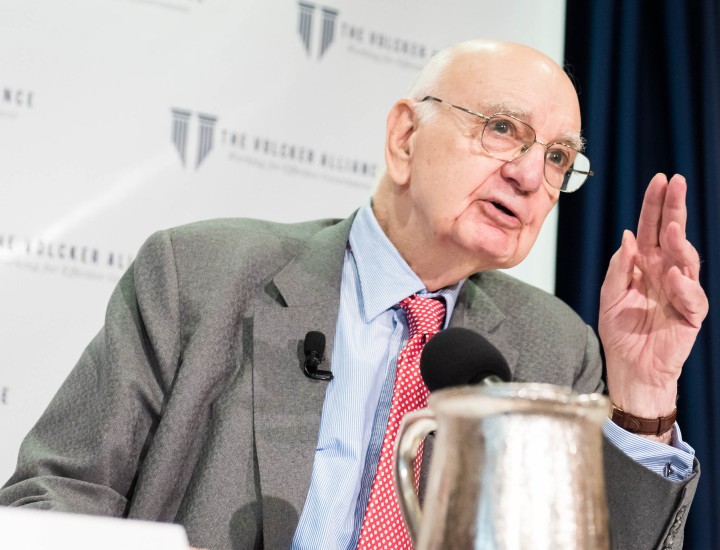These rules could stop the next big financial crisis. Don’t get rid of them.

This article was originally published in Washington Post on May 26, 2017.
Progress in financial regulation is often two steps forward and one step back. This isn’t always a bad thing. Sometimes taking a step back presents healthy opportunities to cut waste, simplify rules and bring a different perspective to public policy. Analysis and rethinking can help ensure that rules are simple, effective, and tailored to the size and risks posed by the institutions to which they apply. Periodic tailoring and pruning of rules — intended to make our regulatory system more effective — can be a win-win.
Sometimes, though, a step backward can be a move squarely in the wrong direction. In reconsidering our post-crisis financial reforms today, we have real opportunities for both responsible simplification and for significant missteps.
One serious misstep would be eliminating the regulatory tools, such as resolution planning and orderly liquidation authority, that are necessary to end bailouts and fight too-big-to-fail.
During the financial crisis of 2008, it became clear that policymakers lacked the tools to handle the failure of a systemic financial firm without destabilizing the entire financial system. The normal bankruptcy process — and the firms themselves — were ill-equipped to manage such a failure. Lehman Brothers’ bankruptcy was so disruptive that policymakers immediately had to act by providing massive support for AIG — the world’s largest insurance company — and money-market mutual funds to avoid complete financial collapse. The Troubled Asset Relief Program (TARP), and a host of other government support programs designed to maintain essential market functions, followed shortly behind.
After the crisis, as part of the financial regulatory law known as Dodd-Frank, Congress took two specific steps forward to make sure a big failing institution would not need to be “bailed out.” First, to make bankruptcy more workable, it established the “living will” process, which requires that a number of potentially systemic financial firms periodically provide — and improve — resolution plans that describe how the institution could proceed through the traditional bankruptcy process without generating systemic risk. The living-will process has real teeth, helping to ensure that firms make structural changes that would facilitate reorganization and a prompt sale of valuable businesses in the event of imminent failure.
However, in the case of sudden failure, it may not be possible for large financial institutions to use traditional bankruptcy approaches. A resolution will be necessary in a matter of days — preferably over a weekend — to head off a destructive market impact, as was the case with the Lehman failure. To its credit, Congress created a backstop called orderly liquidation authority (OLA), which enables the treasury secretary, in consultation with the president, to call on the Federal Deposit Insurance Corp. to wind down and liquidate a financial firm in situations when traditional bankruptcy procedures could not be effective.
If we think of the living wills as designed to make Lehman’s failure in bankruptcy more workable, then OLA is the backstop. It is specifically designed to ensure that a looming failure is handled expeditiously, with management removed and stockholders and creditors bearing the losses. OLA was crafted with an understanding of the FDIC’s long-standing tools for resolving failing banks. Those tools have been very effective at enabling even sizable traditional banks to fail without harming the people, communities and financial system they serve.
These two steps forward work together. Firms make structural changes now so that, in case of need, traditional bankruptcy can be facilitated. The OLA backstop stands ready to make sure bailouts are not an option, should circumstances arise in which normal bankruptcy won’t provide the speed and clarity required.
The law does take account of the possible need for temporary funding to maintain continuity in essential services as a liquidation moves forward. That funding would be protected under the law by a priority claim on the failing firm’s assets and, if necessary, further protected by assessments on other systemically important financial institutions. The taxpayers bear no risk.
In sum, under the OLA process, the shareholders of unsecured creditors would be wiped out, unsecured creditors would face losses, and management would be held accountable. This would not, by any definition, be a “bailout.” Instead, it would be a financial funeral — an orderly funeral overseen by the FDIC — but a corporate death, nevertheless.
Over the years, the FDIC has rightfully gained the respect and the confidence of the American public and Congress. Let’s make sure it has the authorities it needs before another great crisis occurs.


